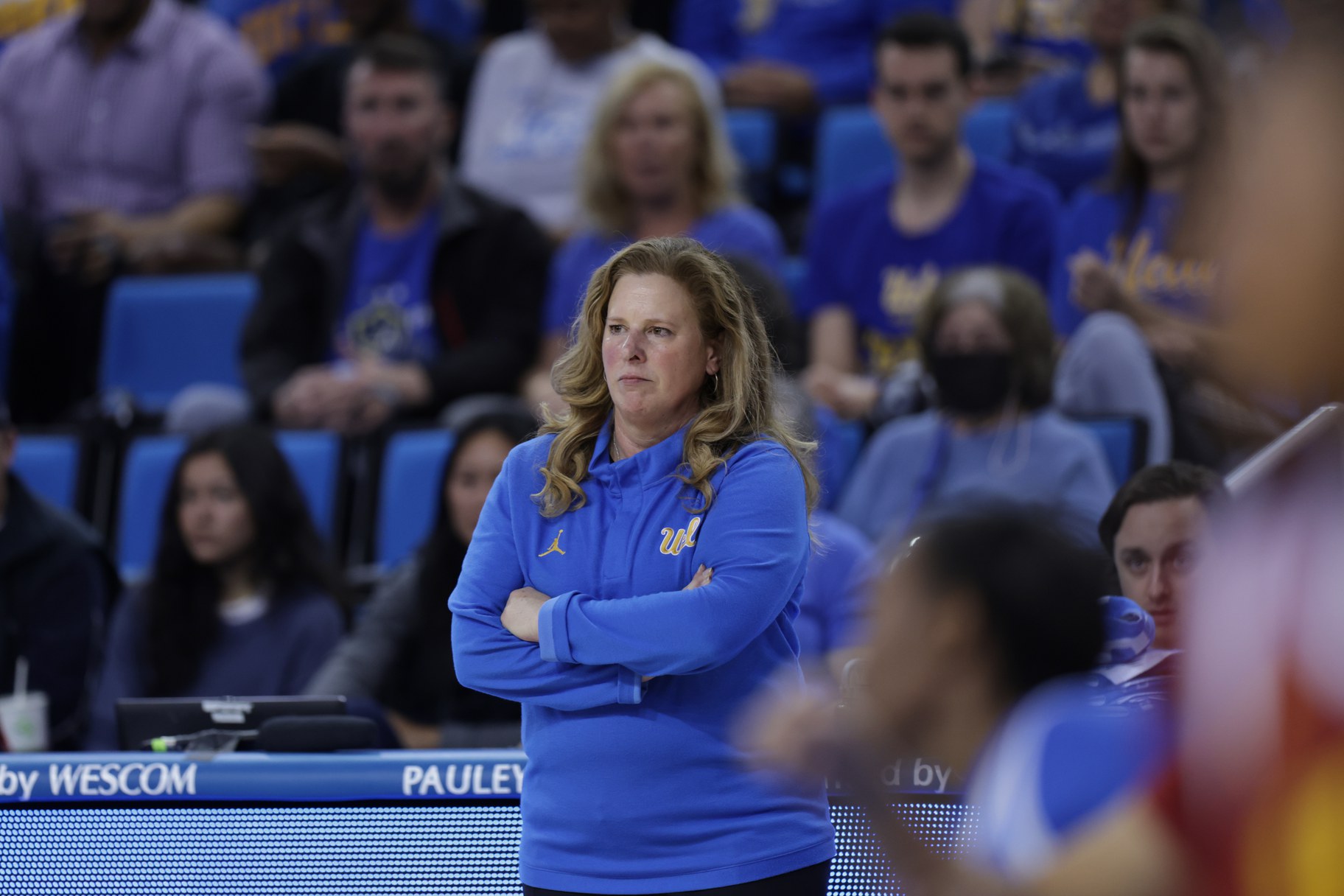It’s March Madness time, which before the season, UCLA and USC’s women’s hoops teams weren’t expecting to make deep runs in. Pre-season, UCLA and USC were unranked, but they enter the NCAA tournament as the fourth and eighth seed respectively in their brackets. For each team’s coach, those low early expectations have only bolstered their enthusiasm for proving themselves on the hardwood.
“Saturday can’t come quick enough,” says Cori Close, head coach of UCLA women’s basketball team. “We actually are going into the tournament in a really good space. From a health perspective and depth perspective.”
USC was on the bubble as far as even making the “Big Dance,” and hadn’t made the tournament since 2014. That made this year’s invitation that much sweeter.
“It's a different thing when you haven't been there in a while,” says Lindsay Gottlieb, head coach of USC women’s basketball team. “We felt that we could do something special for the university, and the program, and so it felt really good to hear our name called.”
How sweet — as in making the Sweet 16 — will be decided this weekend. USC faces off against ninth-seeded South Dakota State in Blacksburg, Virginia, while UCLA plays 11th-seeded Sacramento State at Pauley Pavilion on the UCLA campus.
“We really need Southern California to come out. We are the only NCAA basketball that Southern California can watch live,” says UCLA’s Close, referring to the UCLA men playing in Sacramento in the men’s tournament, and the USC women and men having to travel east.

“Saturday can’t come quick enough,” says Cori Close, UCLA women’s basketball team head coach on the start of the NCAA tournament. Photo by Caren Nicdao.
Both men’s and women’s tournaments are happening simultaneously, but back in 2021, they were also happening at the same locations due to the pandemic, which actually led to some controversy.
That year, Sedona Prince, a player for Oregon’s women’s team, went on social media and highlighted the gender disparity between weight rooms. USC’s Gottlieb, who at the time was an assistant coach for the NBA’s Cleveland Cavaliers, says that was an important moment.
“I'm almost glad that that happened. I was just sitting with the general public, like everyone else, and a little bit appalled at the differences, and I think there's been a lot of change since then,” says Gottlieb.
UCLA’s Close is even more emphatic about the role Prince’s social media post played, calling it the “biggest turning point” in the history of the women’s NCAA basketball tournament. For three months, Close sat down with the law firm of Kaplan, Hecker, & Fink LLP – which was retained by the NCAA to perform an external review of its gender equity issues. She says the NCAA is listening, and dramatic changes have already taken place.
“The prizes are exactly the same. Now the weight rooms are exactly the same,” says Close, listing off changes which also include adding an NIT (National Invitation Tournament) like the men have, and a youth academy for girls.
Both Close and Gottlieb see improvement in the equity department, and also room for it. Of immediate concern for both coaches though is winning a championship, which would hopefully raise attendance for their games, and viewership outside the arena. Women’s sports are seeing a growth in TV and streaming revenue.
“You have to remember that women's basketball, professionally, is 25 years behind men's basketball,” USC’s Gottlieb reflects. “You have to win consistently. And then fans will come. You have to have a brand of basketball that young people want to root for.”
“We have come a long way,” says UCLA’s Close. “We actually have a long ways to go still.”
